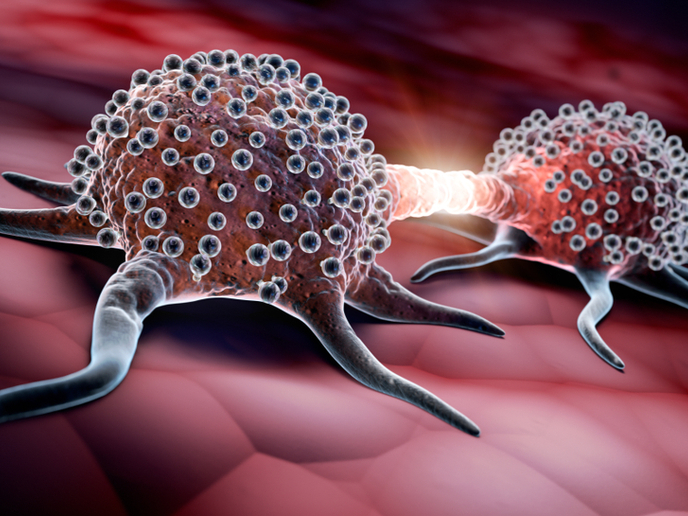Dissecting brain function
The brain constantly processes internal and external stimuli to regulate responses. This intrinsic capacity relies on neuronal networks, which are capable of converting sensory and proprioceptive information into electrical signals. Especially, neuronal dendrites can support the integration of synaptic inputs from multiple sources and are critical for neuronal computations. However, several aspects of the underlying mechanism, as determined by the precise spatial and temporal distribution of incoming synaptic inputs, and the morphological and electrical properties of the integrating neuron are not clear. To address this, the EU-funded VISUALDENDRITE (In vitro and in vivo examination of the spatial and temporal distribution of synaptic inputs and synaptic integration in layer 2/3 visual cortical neurons) study investigated the cerebellum as a model, where multiple sensory afferences converge and integrate to guide motor learning and behaviour. Research activities focused on stellate cells (SCs), neurons that receive synaptic inputs from thousands of parallel fibres, and provide feed-forward inhibition onto the Purkinje cerebellar cells. The aim was to elucidate the mechanism and study the functional consequences of SC integrative behaviour. Using a highly sensitive optical tool and a neuronal tracer dye, scientists were able to record the dendritic voltage during synaptic activity. Combined with Ca2+ imaging and glutamate uncaging, they were able to characterise the input-output functions for Ca2+ and voltage responses during synaptic stimulation. They concluded that thin dendrites of SCs allow sublinear summation of neighbouring synaptic inputs while dendritic Ca2+ signalling followed a linear or supra-linear mode. This is of outmost importance since Ca2+ is responsible for triggering long- and short-term synaptic plasticity. Overall, study findings provide critical insight into the information flow in the cerebellar microcircuit. Given the implication of the cerebellum in neurological and psychiatric disorders, project results may help identify disease targets and design novel therapies.







